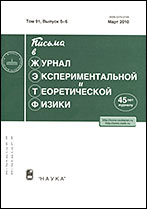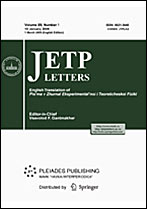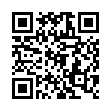| Pis'ma v Zhurnal Èksperimental'noi i Teoreticheskoi Fiziki |
|
|


|
|
|
This article is cited in 28 scientific papers (total in 28 papers) CONDENSED MATTER Optimization of the conditions of synchrotron Mössbauer experiment for studying electronic transitions at high pressures by the example of (Mg, Fe)O magnesiowustite A. G. Gavriliukabc, J. F. Lind, I. S. Lyubutina, V. V. Struzhkinc a Institute of Cristallography RAS b Institute for High Pressure Physics, RAS c Geophysical Laboratory, Carnegie Institution of Washington d Lawrence Livermore National Laboratory Citation: A. G. Gavriliuk, J. F. Lin, I. S. Lyubutin, V. V. Struzhkin, “Optimization of the conditions of synchrotron Mössbauer experiment for studying electronic transitions at high pressures by the example of (Mg, Fe)O magnesiowustite”, Pis'ma v Zh. Èksper. Teoret. Fiz., 84:3 (2006),
This publication is cited in the following 28 articles:
|


|
||||||||||||||||||||||||||||||||||||||||||||||||||||||||||||||

|
 Contact us:
Contact us: |
 Terms of Use Terms of Use
|
 Registration to the website Registration to the website |
 Logotypes Logotypes |
|










